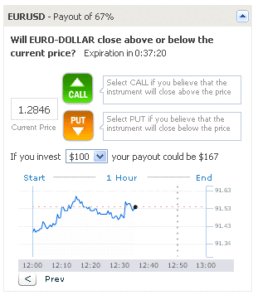 A CFD (Contract for Difference) is a product that allows you to trade on the upward or downward price movements of financial markets around the world without buying or selling the underlying asset directly.
A CFD (Contract for Difference) is a product that allows you to trade on the upward or downward price movements of financial markets around the world without buying or selling the underlying asset directly.
CFDs provide the opportunity to make profits (or losses) from a wide range of markets including equities, indices, currencies and commodities. CFDs are a flexible alternative to traditional trading.
How do CFDs work?
At its simplest, a CFD is an agreement to pay the difference between the opening and closing value of a contract. Rather than buying or selling the underlying instrument on which your contract is based, such as a company share, you simply place a CFD trade with a provider such as City Index. The price of your CFD will then mirror the price of the underlying asset giving you a profit (or a loss) as the price of the underlying moves.
CFD prices
Just like traditional shares, CFD prices are quoted as a Bid (the price you can sell at) and an Offer (the price you can buy at). You then buy a CFD based on the value of a number of the underlying assets.
Margin trading
To open a CFD position, you need to deposit only a fraction of the full value of your trade, usually from 2% -30%. CFD trading can offer the possibility of a much better return on your initial investment than you would receive if paying for the trade in full. Conversely, losses will also be amplified, as shown in the example below
CFD Trading examples
For two detailed examples of how CFDs can be used, read CFD trading examples.
Whether you are an investor looking to trade CFDs to reduce your portfolio risk, a trader wanting to take advantage of 24 hour global markets, or just price savvy and want to trade on market information available with no commissions on indices or commodities – Kara Ordway walks you through FX and hedging CFD trading examples.
“Trading CFDs isn’t too different to share trading – if you think a market will rise you buy (go ‘long’), and if you think it’s going to fall you sell (go ‘short’).”





